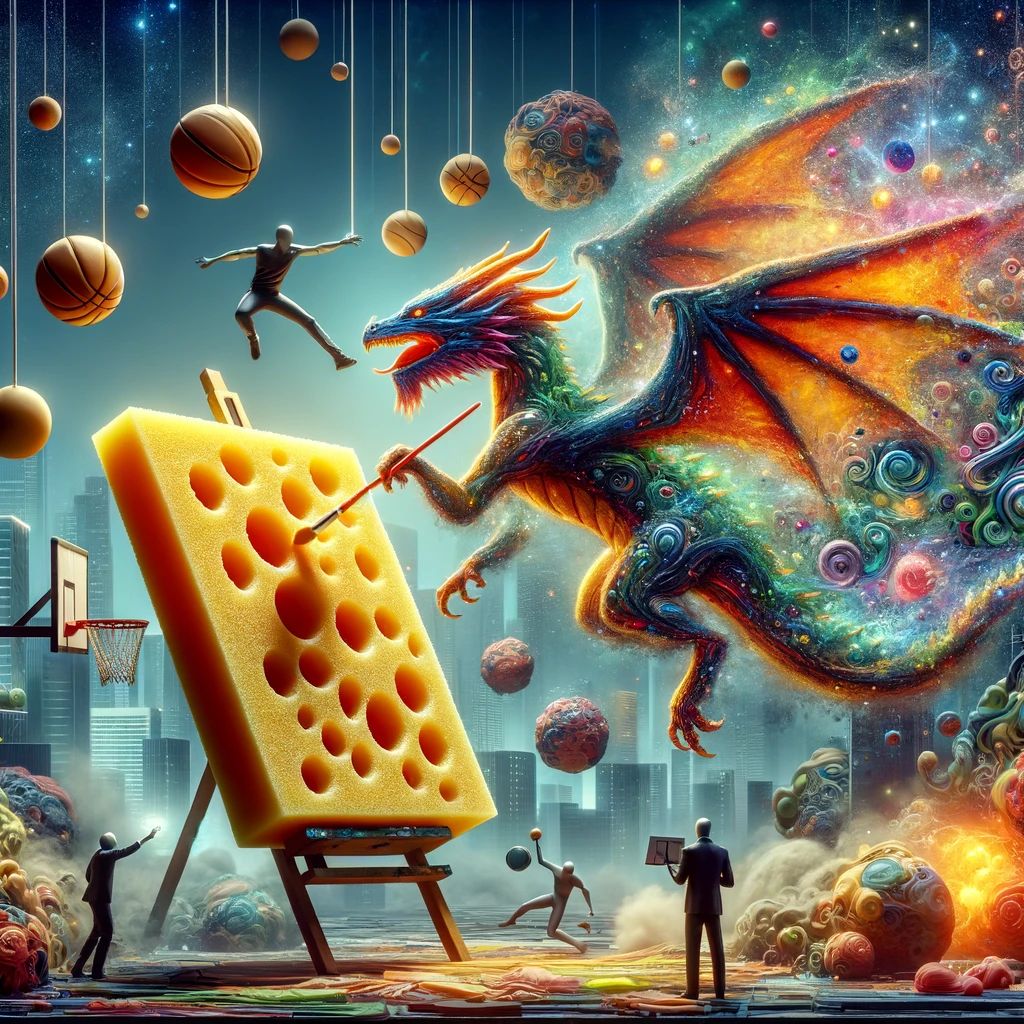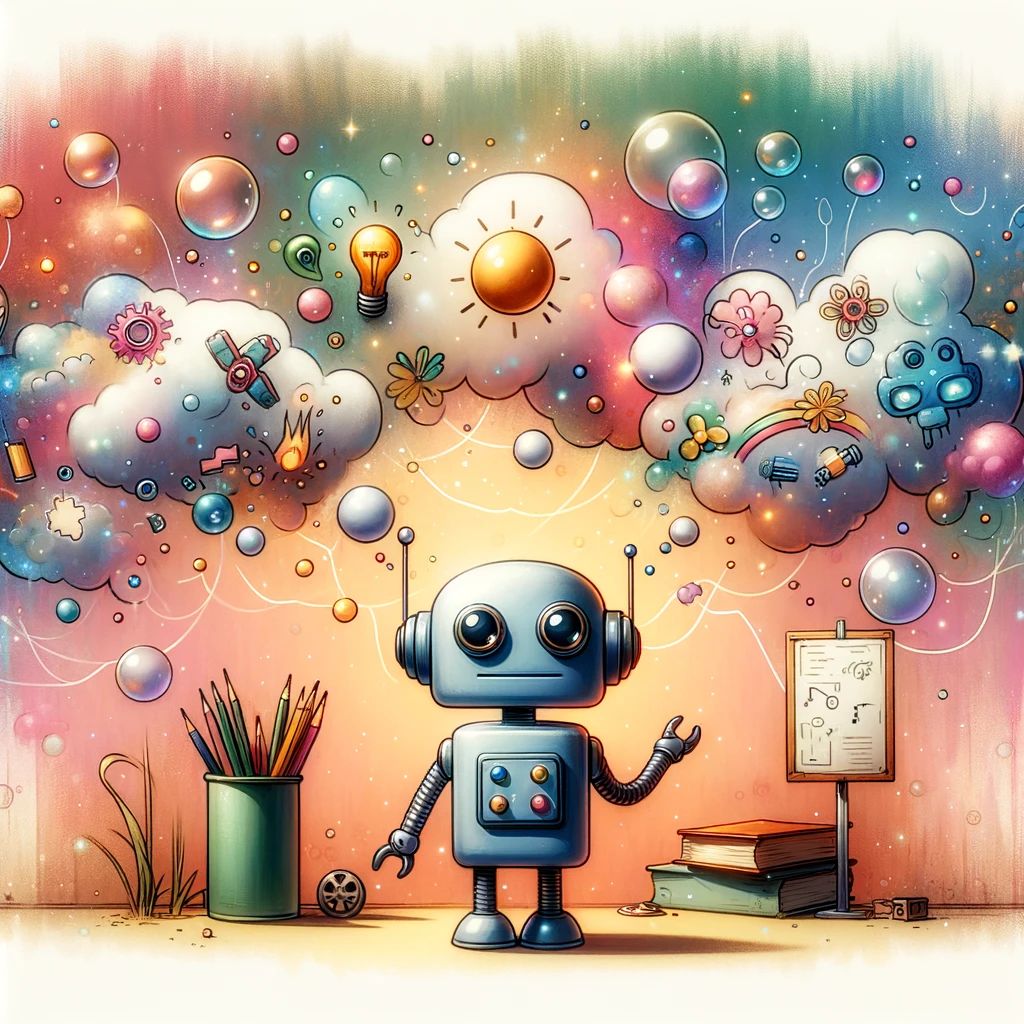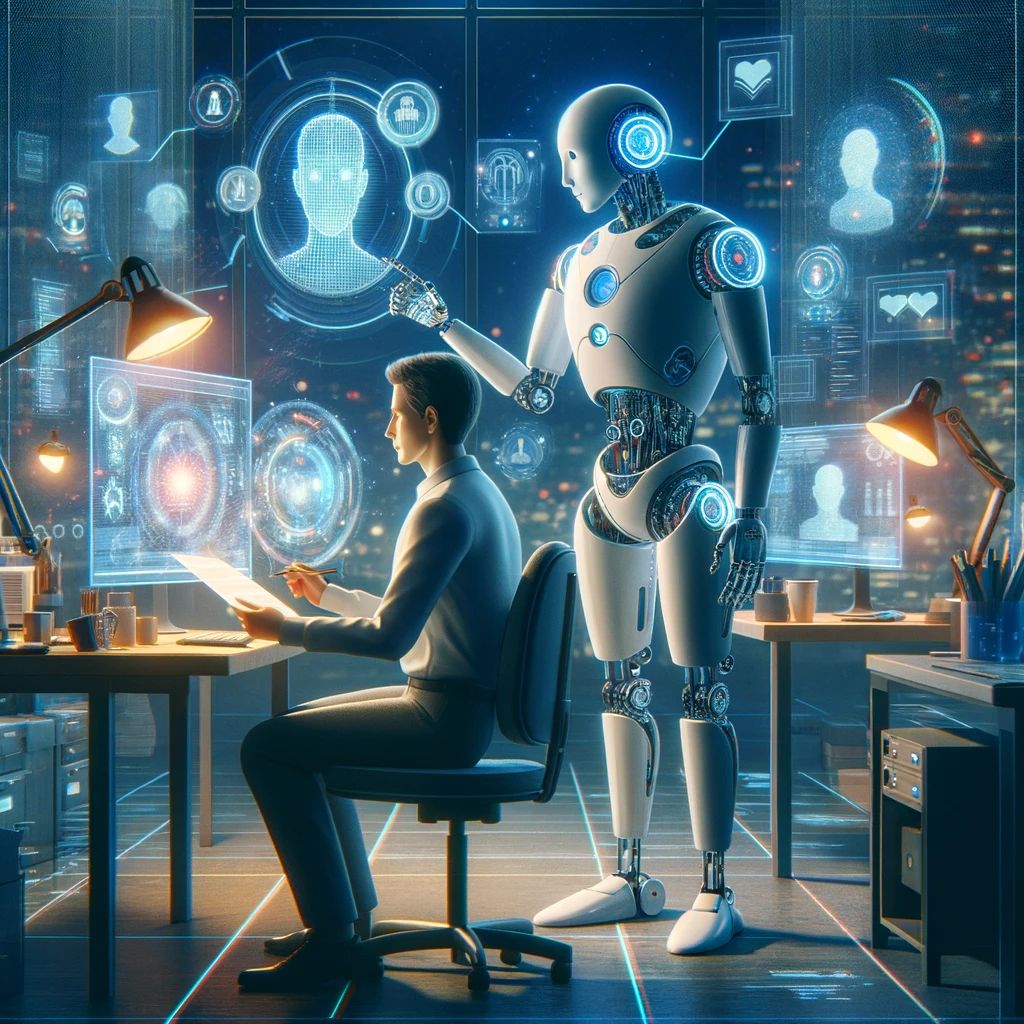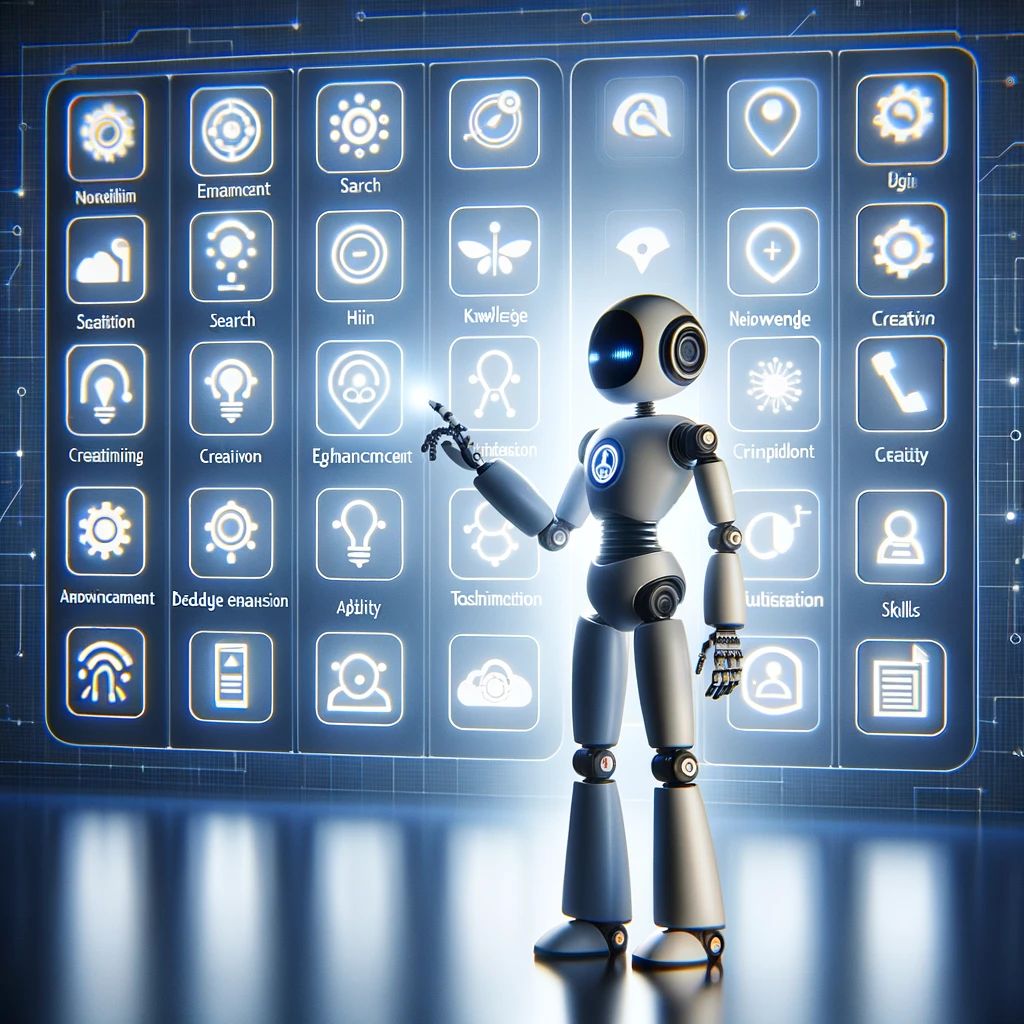Yay, we have a sponsor 🍾
Interestingly, it is the platform I use to manage and send this newsletter.
Read a word from them below and check the tool out, it’s pretty darn cool and makes running and earning from newsletter easy-peasy ⬇️
Join the beehiiv community — the secret behind the success of top newsletters like Milk Road.
Our comprehensive suite offers more than just tools; it's a gateway to growth, monetization, and seamless content creation.
With beehiiv, you get a code-free newsletter and website builder, alongside insightful analytics that drive real results. Experience the difference of the most powerful newsletter publishing platform on the market.
Start your journey with beehiiv today, absolutely free — no credit card needed.
Table of Contents
Curated Careers
Trends and Tidbits:
My decision-making framework
AI Arena:
10 AI terms you should know (simply explained)
🎁 Viral campaign generator GPT prompt
If you are new to MarketingCareers, consider joining our community through this link.
Curated Careers 💼
Media Buyer at Project Growth
📍 Contract, Remote.
💵 $2400 to $2600 per month
⚒️ Brief: Excel in A/B testing, adeptly manage budgets, and target campaigns for optimal results.
Apply
Trendy Tidbits 💎
The decision-making framework that makes my life & work decisions easier
Categorize decisions as reversible or irreversible.

1) Reversible decisions:
These choices have minimal consequences, where the risk of a misstep is low, and the learning opportunity is high.
It could be a new hobby, testing a different marketing strategy at work, or simply choosing where to have dinner, these decisions are the playground for our creativity and growth.
If one path leads to a dead end, it is okay. We can backtrack and explore another with little cost. These decisions are low-stakes so treat them like A/B tests.
Experiment, mess up, then rinse and repeat.
2) Irreversible decisions:
These choices set us in a direction that is difficult (if not impossible) to reverse. And, hence, demand a different approach.
Here, the stakes are higher.
Choosing your career.
Quitting your job.
Buying a house.
Deciding on a life partner.
These decisions are foundational.
They are not to be afraid of but put more deliberate thoughts into it.
They demand our full attention and best judgment,
⭐ Now, here's the beauty of all this...
When you divide an irreversible decision into pieces, you will find it made of many reversible ones. Big foundational decisions are comprised of smaller, less intimidating choices.
For example: choosing a career?
Choosing a career actually starts with exploring your interests. You try different hobbies or take online courses. These are small, reversible decisions. Didn't enjoy a coding course? You can pivot to design, writing, or anything else that catches your eye. Each step is a discovery.
Next comes internships or part-time jobs. These are opportunities to dip your toes into a field, to see what the day-to-day work is like, and to decide if it fits you. It's okay to change your mind after an internship.
Even after entering a career, you're not locked in. People change careers all the time. The skills you acquire, the people you meet, and the experiences you gain—all contribute to your growth and can be translated into new opportunities.
But, in any case...
✅ Remember this before making any decision:
i) Don't just YOLO through irreversible decisions.
ii) Break down your irreversible decision into pieces of reversible ones.
iii) Don't get into a decision paralysis for reversible ones.
AI Arena 🤖
10 AI terms you should know:
1) Artificial Intelligence (AI)

Your computer can think and make decisions like a human. As if, they have human-like intelligence. It can play games, solve puzzles, or even talk to you. It’s almost like it has a brain, an artificial one. Not made of cells and neurons, but of codes and programs. And this code allows AI to learn and do tasks by itself.
2) Machine Learning (ML)

We learned that computers are programmed to behave like humans, which is great. But…
i) Humans KNOW and THINK and CAN DO billions of tasks.
ii) Humans adapt.
Now, the fact (and the technology) with which AI get smarter without being directly programmed for every single task is Machine learning. Machines learn.
It starts with a computer that knows nothing about the task at hand.
Teach the computer by giving it lots of examples. For example, if you're teaching it to differentiate cats and dogs, you'd show it a lot of pictures of both, clearly saying which one is which.
The computer tries guessing new pictures, and when it gets it wrong, it learns from its mistakes. Over time it gets better. After lots of practice, the computer can quickly identify cats and dogs in pictures it's never seen before.
3) Large Language Models:

Imagine your brain is like a sponge that soaks up all the words you hear and read throughout your life. Now, think of a Large Language Model (LLM) as a super sponge computer brain that has soaked up billions of words from books, websites, and all sorts of writings across the internet. It's so full of words and sentences that if you ask it a question or to write something for you, it can mix and match what it's learned to come up with new sentences that make sense, almost like it's creating a puzzle piece that fits perfectly with your question.
4) Generative AI:

Generative AI is like giving this super sponge not just the ability to soak up and squeeze out what it's learned in a way that makes sense, but also the magical power to create brand-new things that never existed before.
It's like if you asked the sponge to not just tell you what it knows about dragons, but to draw you a picture of a dragon playing basketball. The sponge hasn't seen this before, but it understands what dragons and basketball are, so it combines these ideas in a creative way to make something new and exciting.
5) Hallucinations:

Sometimes, AI can get a little too creative and make up things that aren't true or don't make sense. These made-up or incorrect bits of information are called hallucinations. It's like the AI is dreaming a bit too much!
6) Responsible AI:

This is about making sure that our AI friends are good citizens. It means teaching them to be fair, keep information private, make safe decisions, and not hurt anyone's feelings.
It's like teaching kids to play nicely, respect others, and be good helpers.
7) Multimodal Models:

These are like super talented AI that can understand the world in more than one way. Instead of just reading or listening, they can also see pictures, hear sounds, or even understand videos. It's like having a superhero team where each member has different superpowers, but they all work together.
8) Prompts:

When you talk to AI, you start with a prompt, which is like giving it a little nudge or idea to start a conversation or task. The AI takes your prompt and runs with it, creating answers or new ideas.
9) Copilots:

These are AI helpers designed to work alongside humans, helping with tasks like writing code, designing things, or sorting through information. It's like having a co-pilot in a plane who can help fly, navigate, and make sure you reach your destination safely.
10) Plugins:

Imagine if you could add superpowers to your AI friend, giving it new abilities or knowledge it didn't have before. Plugins are like downloadable skills or tools that you can add to AI to make it even smarter or more useful for specific tasks, kind of like adding new apps to a smartphone.
Inspired by this article from Microsoft.
⭐ Here’s the prompt of the week.
Just paste this in your ChatGPT (after filling in all the details in square brackets) and get very cool ideas on viral campaigns for your product.
⬇️⬇️⬇️
ViralContentGenius - Brainstorm ideas for a viral social media campaign targeting [your target audience] interested in [your topic]. Create a viral image and text content for [your product] that evokes a sense of 'wow' and 'FOMO'. The campaign will be distributed on [list of your social media channels]. Outline the unique angle, format, and distribution plan to maximize engagement.
BTW — if you are planning for university admissions, here’s a very cool product that GUARANTEES you a scholarship (for free). Find a course and a university that suits you, from 400 of them through this → Link.
Did you enjoy this issue?
Thanks,
Deep Kakkad, your marketer friend.


